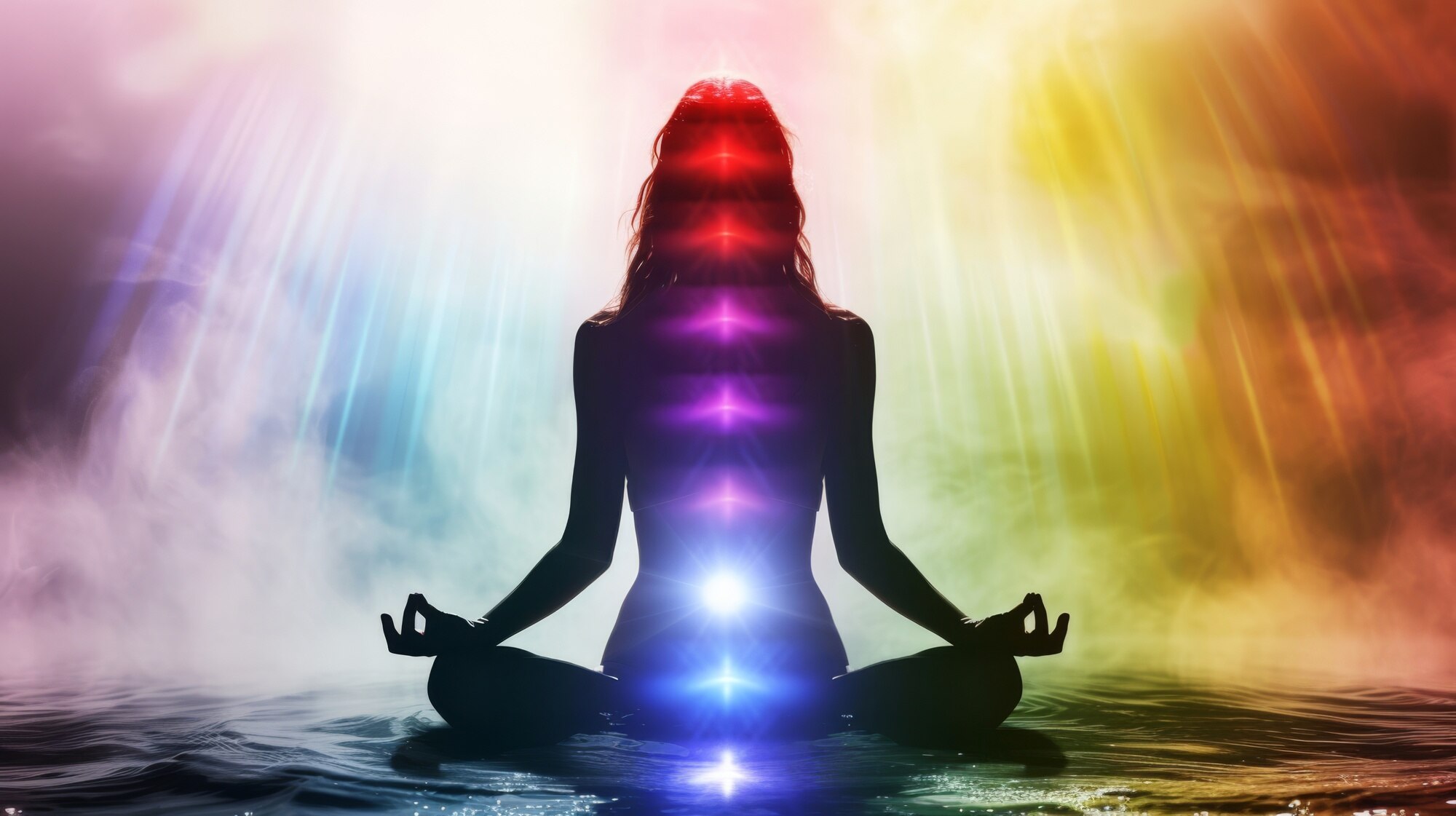In many spiritual traditions, especially in Yoga, Tantra, and Advaita Vedanta, Kundalini awakening is considered one of the most profound experiences of spiritual transformation. Kundalini, often referred to as “serpent power”, is a dormant energy within us that, when awakened, leads people on a journey of deep spiritual realization and self-realization. This energy symbolically rests at the base of the spine in the Muladhara chakra, waiting to be activated through spiritual practices. Once it rises, it permeates the seven chakras, bringing the practitioner into contact with higher levels of consciousness.
Spiritual and Philosophical Aspects of Kundalini Awakening
In the spiritual philosophy of Yoga and Tantra, the awakening of Kundalini is understood as the awakening of the individual’s potential for enlightenment. Kundalini energy represents Shakti, the divine feminine creative power. This energy ascends through the Nadis, the energetic channels of the body, and activates the chakras, the subtle energy centers, until it reaches the Sahasrara chakra at the crown of the head. Here, the union with Shiva, the consciousness, takes place – a symbolic union of divine energy and consciousness that leads to enlightenment.
Philosophically, the awakening of Kundalini means recognizing one’s true nature, which goes beyond the ego and the illusion of duality. In the state of Kundalini enlightenment, one experiences non-duality – Advaita. There is no longer any separation between the self and the universe. The individual consciousness merges with the cosmic consciousness. Practitioners experience a deep Ananda (bliss) and a sense of oneness with all life.
Symptoms and Challenges of Kundalini Awakening
The awakening of Kundalini is often accompanied by profound physical, emotional, and spiritual changes. These symptoms can be both positive and challenging, and they vary depending on the individual and the degree of spiritual preparation.
Positive Symptoms:
- Increased awareness: Practitioners report a clearer perception of the world and the people around them. They experience a sense of deep connection and mindfulness.
- Mental clarity and concentration: A mental sharpness arises, which makes it possible to clearly organize thoughts, make better decisions, and recognize complex relationships more easily.
- Intuitive abilities: Intuitive perception, such as recognizing inner truths or feeling energies, is enhanced. Some even experience extrasensory abilities such as clairvoyance or telepathy.
- Realignment of the physical body: Increased vitality, a new body awareness, and the feeling that the body is becoming healthier and more flexible are perceived.
- Creativity: An increased imagination and a deep access to intuitive and creative powers arise. The increased creativity not only leads to artistic achievements, but can also promote innovative problem solving in everyday life and work.
- Bliss and love: Many experience intense feelings of bliss, unconditional love, and peace that arise from the deeper connection to the higher self and the Divine.
Challenging Symptoms:
- Physical symptoms: The rise of Kundalini can manifest physically, e.g. through hot flashes, tingling along the spine, or a feeling as if energy is pulsating in the body.
- Emotional turbulence: Old emotional wounds or suppressed traumas can come to the surface. This can lead to intense phases of anxiety, anger, or sadness.
- Mental confusion: Practitioners sometimes report a feeling of disorientation or the loss of the linear sense of time. There may be a phase in which one feels torn between different states of consciousness.
- These symptoms, especially the challenging ones, often arise when the Kundalini encounters energetic blockages in the chakras. These blockages must be resolved so that the energy can continue to rise. Resolving these blockages can involve an intense physical and emotional cleansing process.
The Path to Integration and Healing
For many who experience the awakening of Kundalini, the question arises as to how to integrate this intense experience into everyday life. This requires regular spiritual practice, self-reflection, and a mindful lifestyle. Techniques such as Pranayama (breathing exercises), meditation, mantra recitation, and Kundalini Yoga can help regulate the energy and support the flow of Kundalini. The method of an innerdance session is considered particularly gentle, as the energy system of the practitioner cannot be overwhelmed.
Meanwhile, seek out experienced teachers or a spiritual mentor who understands the challenges and symptoms of Kundalini awakening. The right guidance can help stabilize the process and steer the awakening into a positive spiritual transformation.
Conclusion: a Journey of Transformation
Kundalini Awakening is a deeply transformative spiritual experience that leads the practitioner to the realization of their own divine nature. It is a journey that can be both ecstatic and challenging. With patience, dedication, and the right guidance, this experience can lead to deep healing, spiritual growth, and ultimately to enlightenment – The complete union of body, mind, and soul with the Divine.

